20 Types of Trees in Oklahoma (With Pictures)
-
Lindsey Lawson
- Last updated:
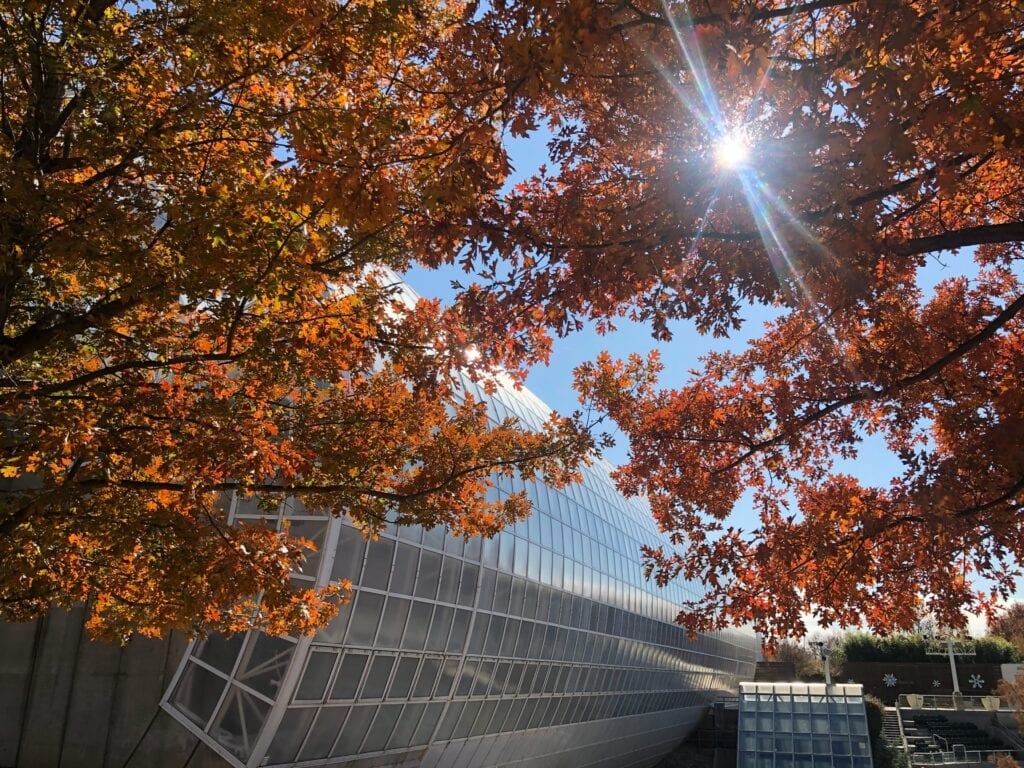
Oklahoma may be most commonly associated with the plains, but the Sooner State is home to a wide variety of ecosystems including dense forests, grass prairies, scrublands, mountain regions, and bald cypress swamps. With this type of diversity, Oklahoma is home to many different types of trees. Here’s a look at some of the most common trees found in the state.

The 20 Types of Trees in Oklahoma
1. Eastern Redbud
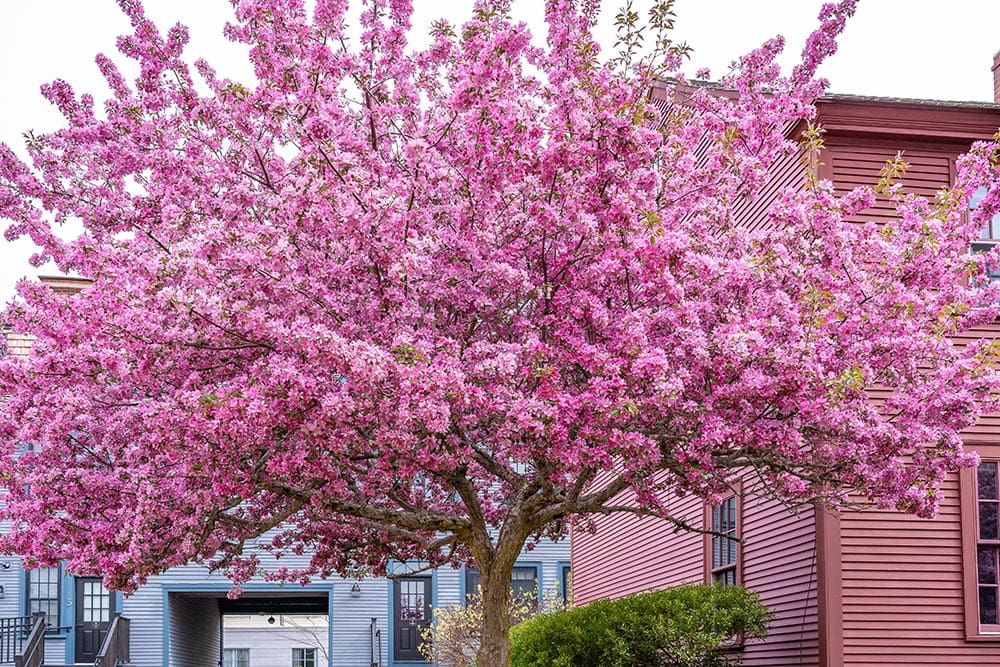
| Scientific Name: | Cercis Canadensis |
| USDA Hardiness Region: | 4 to 9 |
| Height Range: | 20 to 30 ft |
The Eastern Redbud, more commonly called Oklahoma Redbud by native Oklahomans, is a deciduous, multi-trunked understory tree with a rounded crown. Its most popular feature is its gorgeous rosy pink flowers that bloom in the spring. This tree is native to eastern North America and ranges as far east as New Jersey, as far west as Texas, and south into Florida and even Northern Mexico. The Eastern Redbud was declared the state tree of Oklahoma in 1937.
2. American Elm

| Scientific Name: | Ulmus Americana |
| USDA Hardiness Region: | 4 to 9 |
| Height Range: | 60 to 100 ft |
The American Elm is a large deciduous tree that is found all over the eastern half of the United States and up into Eastern Canada. It reaches heights of up to 100 feet and features an open crown with drooping branches. The foliage remains dark green throughout the year before turning to yellow and dropping off in the fall. This tree can be found all over Oklahoma, except for the far western panhandle.
3. Bald Cypress
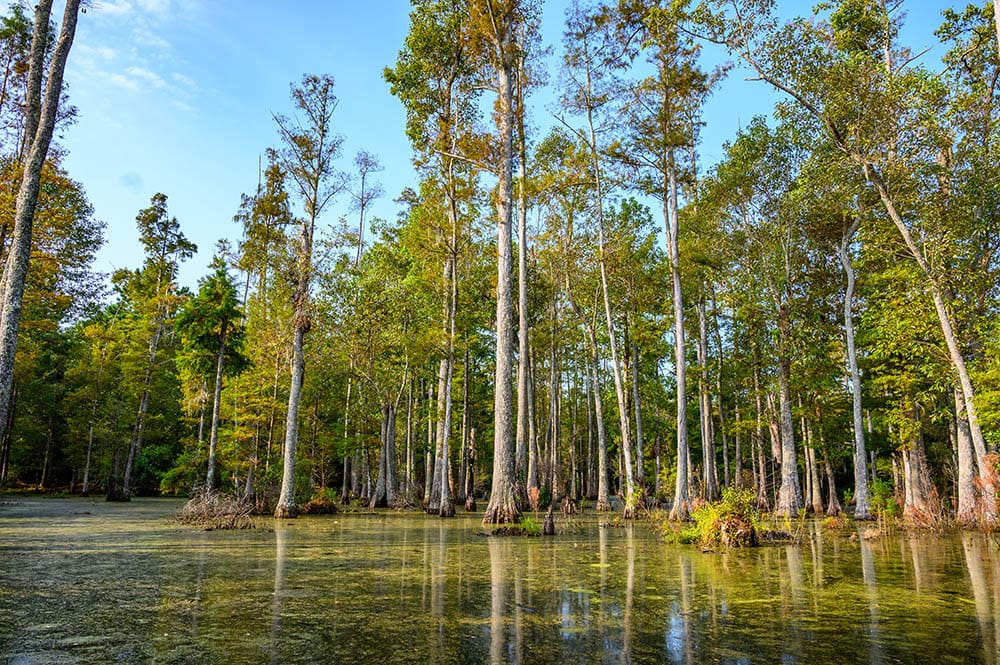
| Scientific Name: | Taxodium Distichum |
| USDA Hardiness Region: | 4 to 10 |
| Height Range: | 50 to 120 ft |
The Bald Cypress is a very large but slow-growing deciduous conifer that reaches heights of up to 120 feet. This impressive tree is long-lived and is native to the swamplands of the southern United States. They are only found in the wet soil of Oklahoma’s far southeastern piney hills. They get the name “bald” because they shed their needle-like leaves so early in the fall. They are well known for their shallow root systems, known as knees.
4. Black Walnut

| Scientific Name: | Juglans Nigra |
| USDA Hardiness Region: | 4 to 9 |
| Height Range: | 70 to 120 ft |
The Black Walnut is a large deciduous tree with thick, dark, bark that can reach heights of more than 100 feet. It features an open crown with low branching and has deep, furrowed bark. This beautiful, North American native is found throughout the eastern United States and most of Oklahoma except for the far western portion of the state.
5. Eastern Red Cedar
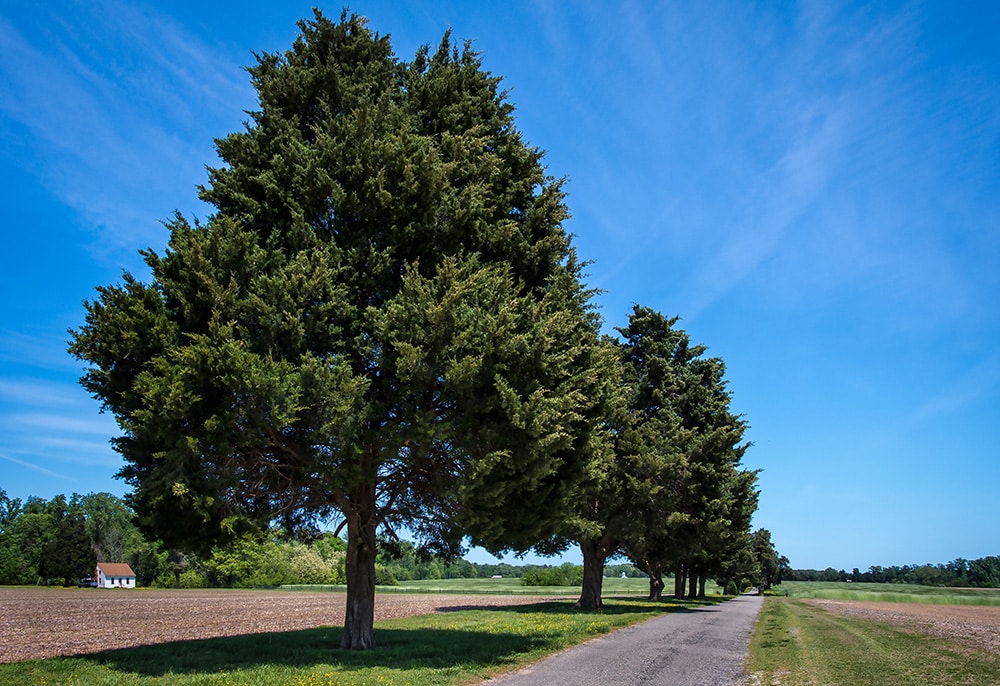
| Scientific Name: | Juniperus Virginiana |
| USDA Hardiness Region: | 2 to 9 |
| Height Range: | 30 to 50 ft |
The Eastern Red Cedar is a widely distributed tall evergreen that ranges throughout the eastern portion of North America from Canada to Florida, and as far as West Texas. It is sometimes referred to as the Eastern Juniper or simply Red Cedar. It can reach heights of 30 to 50 feet and has dark reddish-brown bark.
6. Hackberry
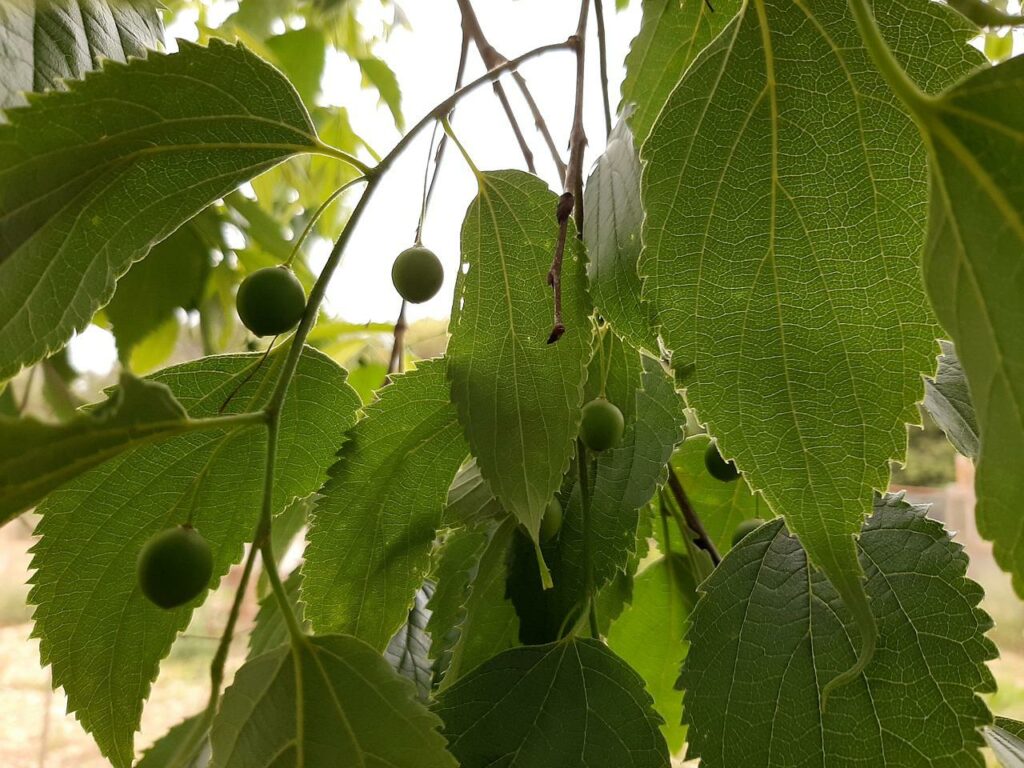
| Scientific Name: | Celtis Occidentalis |
| USDA Hardiness Region: | 2 to 9 |
| Height Range: | 50 to 70 ft |
The Hackberry can be found east of the Rocky Mountains throughout the central and midwestern United States. They are common in the northern portion of Oklahoma and thrive well in dry upland areas. The Hackberry grows to about 50 to 70 feet in height and has a shorter trunk with an oblong crown.
7. Bur Oak
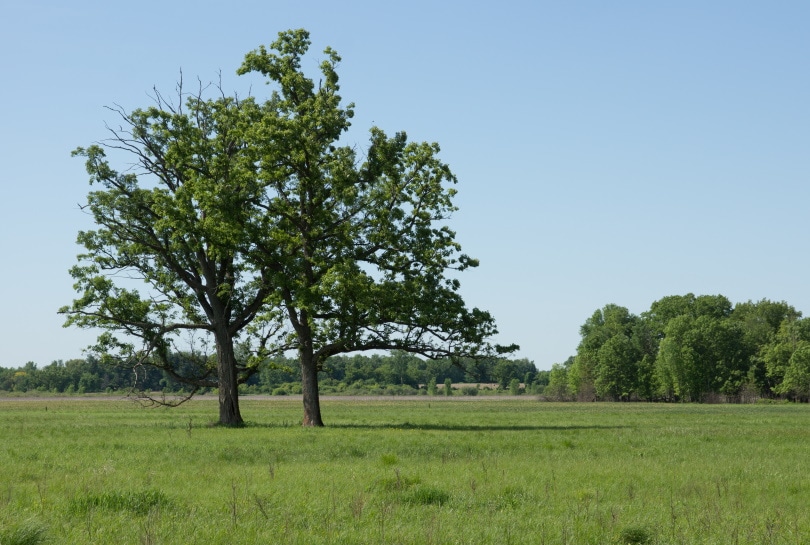
| Scientific Name: | Quercus macrocarpa |
| USDA Hardiness Region: | 3 to 8 |
| Height Range: | 60 to 80 ft |
The Bur Oak is a large deciduous tree with a wide, open rounded crown. This native tree reaches heights of up to 80 feet and has thick, gnarled branches. It produces gorgeous golden orange colors during autumn and is found throughout most of Oklahoma except for the far western portion and the far southeastern corner of the state.
8. Loblolly Pine

| Scientific Name: | Pinus taeda |
| USDA Hardiness Region: | 6 to 9 |
| Height Range: | 60 to 110 ft |
The Loblolly Pine is found throughout the southeastern United States. It has needle-like foliage and thick, reddish-brown bark, and a crown of spread-out branches. This beautiful pine is most common in the far eastern portion of Oklahoma.
9. Kentucky Coffeetree
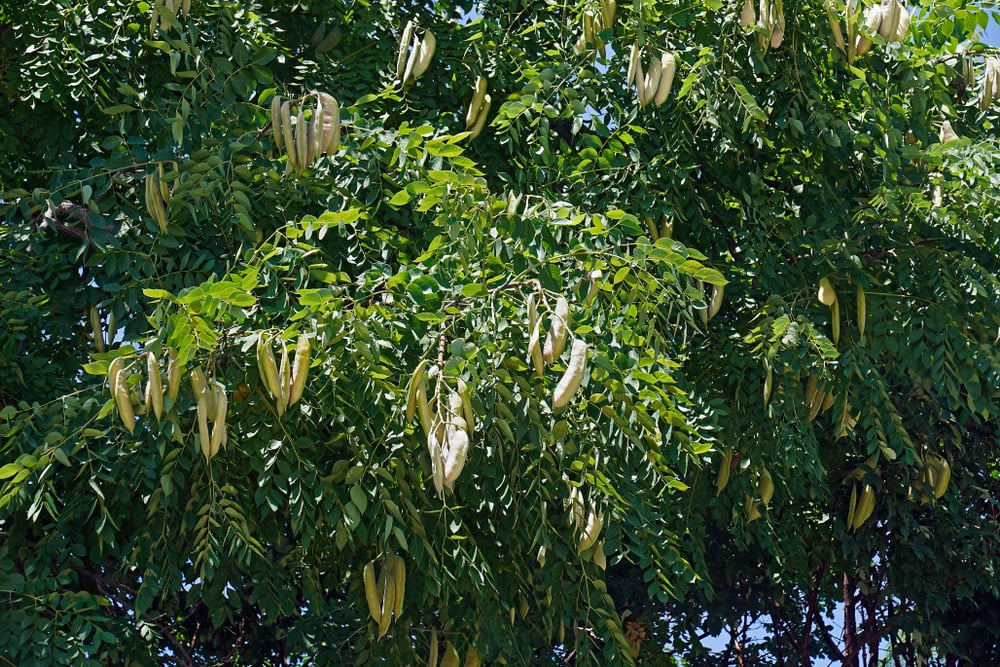
| Scientific Name: | Gymnocladus dioicus |
| USDA Hardiness Region: | 3 to 8 |
| Height Range: | 60 to 75 ft |
The Kentucky Coffeetree has a more limited range within the United States but is native to the northeastern portion of Oklahoma. This tree can reach heights of 60 to 75 feet and has distinct, pinnate leaves. It has rough, dark gray bark with contorted branching with a cluster of large pods.
10. Flowering Dogwood

| Scientific Name: | Cornus florida |
| USDA Hardiness Region: | 5 to 9 |
| Height Range: | 15 to 30 ft |
The Flowering Dogwood is widely dispersed throughout the eastern United States and extends as far west as Oklahoma and Texas and up into Kansas. It is a very popular tree thanks to its beautiful white cluster of flowers that bloom in the springtime. It reaches heights of 15 to 30 feet and is commonly planted throughout cities to enhance the aesthetic.
11. American Hornbeam
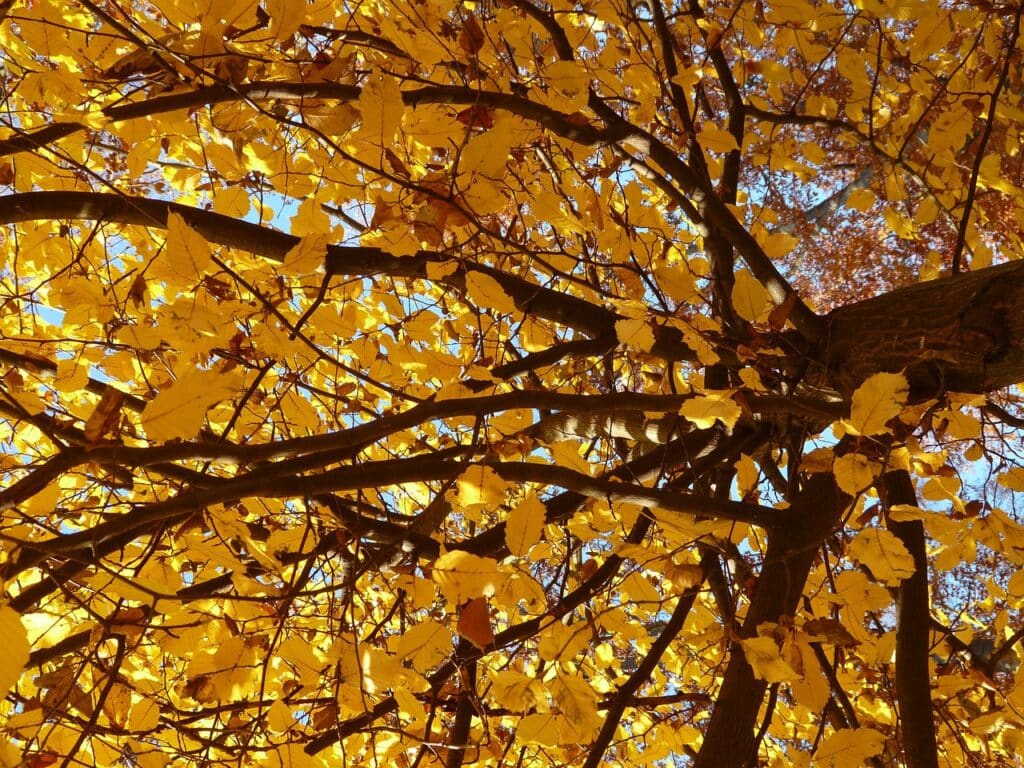
| Scientific Name: | Carpinus Caroliniana |
| USDA Hardiness Region: | 3 to 9 |
| Height Range: | 20 to 40 ft |
The American Hornbeam is another tree found throughout the eastern portion of the United States. It’s a short, stubby tree that reaches heights ranging from 20 to 40 feet with simple, alternating dark green leaves with very smooth edges and parallel veins. The leaves turn color ranging from yellow to orange to red during the fall season.
12. Western Soapberry

| Scientific Name: | Sapindus saponaria |
| USDA Hardiness Region: | 6 to 9 |
| Height Range: | 20 to 40 ft |
The Western Soapberry has a limited range in the United States spanning from Missouri down into northern Mexico. They are common in Oklahoma and found throughout the entire state. IT is a small, deciduous tree that ranges in height from 20 to 40 feet but mature height does depend on the habitat. It is low branched with a rounded crown. They produce small fruit known as soapberries or soapnuts.
13. Black Cherry
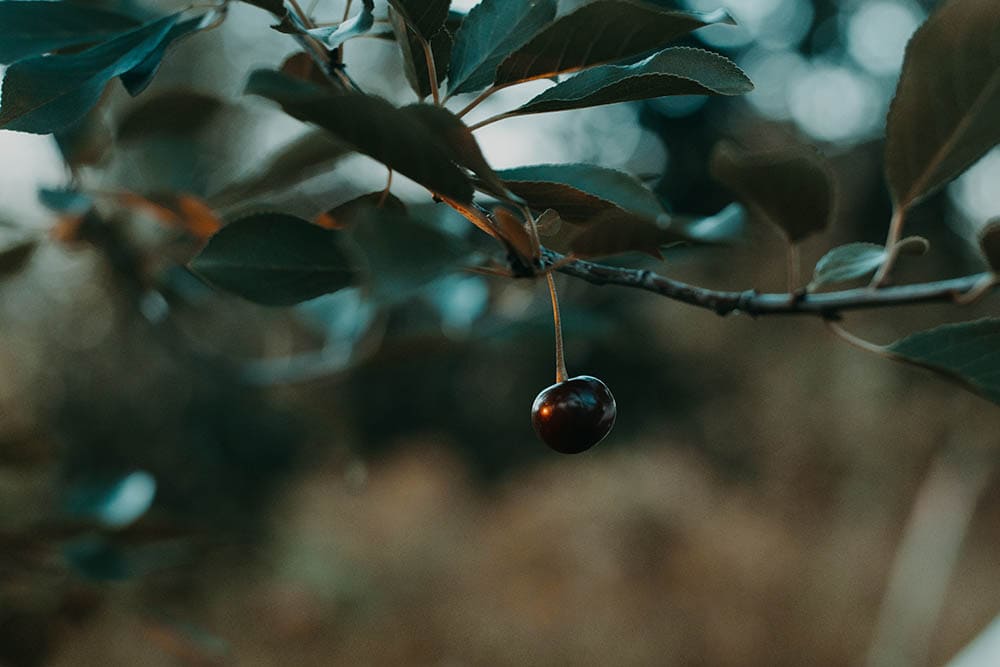
| Scientific Name: | Prunus serotina |
| USDA Hardiness Region: | 3 to 9 |
| Height Range: | 50 to 80 ft |
The Black Cherry is the largest cherry native to North America and the record dates back as early as 1629. During late spring, it produces 5-petaled white flowers that produce small cherries that will change from dark red to almost black. The Black Cherry can be found in the far eastern portion of Oklahoma.
14. Prairifire Crabapple

| Scientific Name: | Malus sp. ‘Prairiefire’ |
| USDA Hardiness Region: | 4 to 8 |
| Height Range: | 15 to 20 ft |
The Prairifire Crabapple is a small North American deciduous tree that is found throughout most of the United States. It is well known for its pink flowers and the shiny red fruit that it bears. It features an oval-shaped crown with beautiful red foliage that turns dark green once mature.
15. American Buckeye
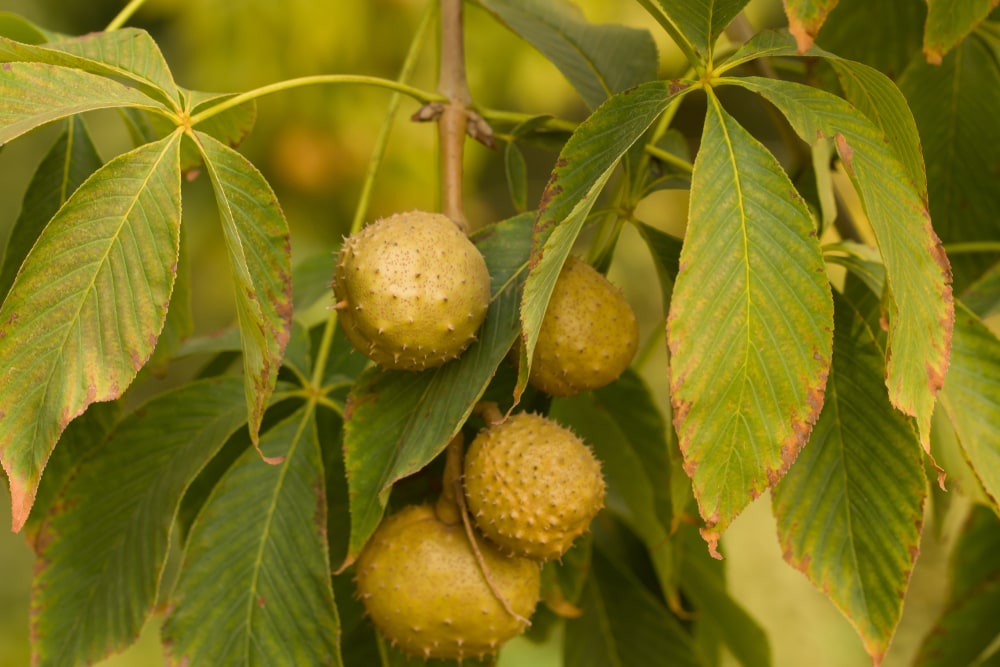
| Scientific Name: | Aesculus glabra |
| USDA Hardiness Region: | 4 to 8 |
| Height Range: | 50 to 70 ft |
The American Buckeye may be most commonly associated with the state of Ohio and The Ohio State University Buckeyes, but this medium-sized deciduous tree can be found throughout the midwestern and eastern United States. It is sometimes referred to as the Ohio Buckeye. This tree will produce bright red flowers in late spring, and large woody nuts that are not edible, though you should look up the delicious chocolate and peanut butter “buckeye” recipe that is famous in Ohio.
16. Winterberry Euonymus

| Scientific Name: | Euonymus bungeanus |
| USDA Hardiness Region: | 4 to 7 |
| Height Range: | 15 to 25 ft |
Found in the far northeastern portion of Oklahoma, the Winterberry Euonymus is considered a deciduous shrub or small tree that only reaches heights of 15 to 25 feet. The Winterberry produces bright red berries through fall and winter that are well known for being toxic to humans.
17. River Birch

| Scientific Name: | Betula nigra |
| USDA Hardiness Region: | 4 to 9 |
| Height Range: | 40 to 70 ft |
The River Birch is found primarily throughout the southeastern quarter of the United States and is found in only eastern Oklahoma. The River Birch is a medium-sized deciduous tree that can reach heights ranging from 40 to 70 feet. It produces clusters of small green flowers in early spring.
18. Green Ash

| Scientific Name: | Fraxinus pennsylvanica |
| USDA Hardiness Region: | 2 to 9 |
| Height Range: | 50 to 70 ft |
The Green Ash can be found throughout the central and eastern United States and in Oklahoma throughout most of the area except for the panhandle. The Green Ash is a medium-sized deciduous tree that can reach heights of 50 to 70 feet. The leaves are compound with lance-shaped leaflets and the bark is gray to brown in color.
19. Chittamwood
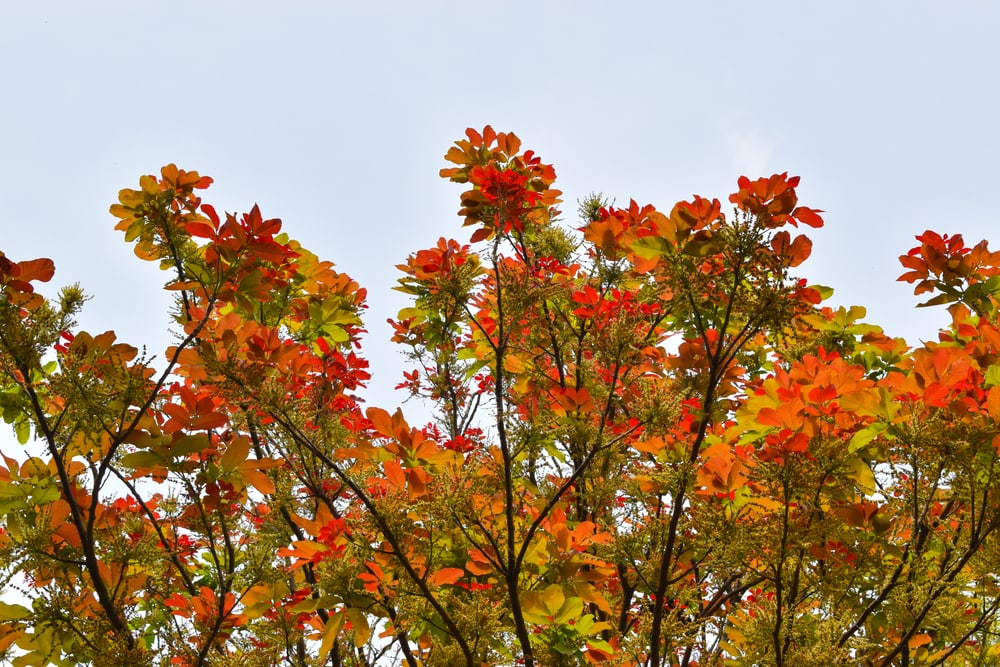
| Scientific Name: | Sideroxylon lanuginosum |
| USDA Hardiness Region: | 5 to 9 |
| Height Range: | 40 to 50 ft |
The Chittamwood is a medium-sized deciduous tree that can reach heights of 40 to 40 feet. It is native to the southeastern United States and into northern Mexico. It reaches into Oklahoma and as far north as Missouri. They are common in upland floodplain forests and along prairie margins.
20. Blackjack Oak
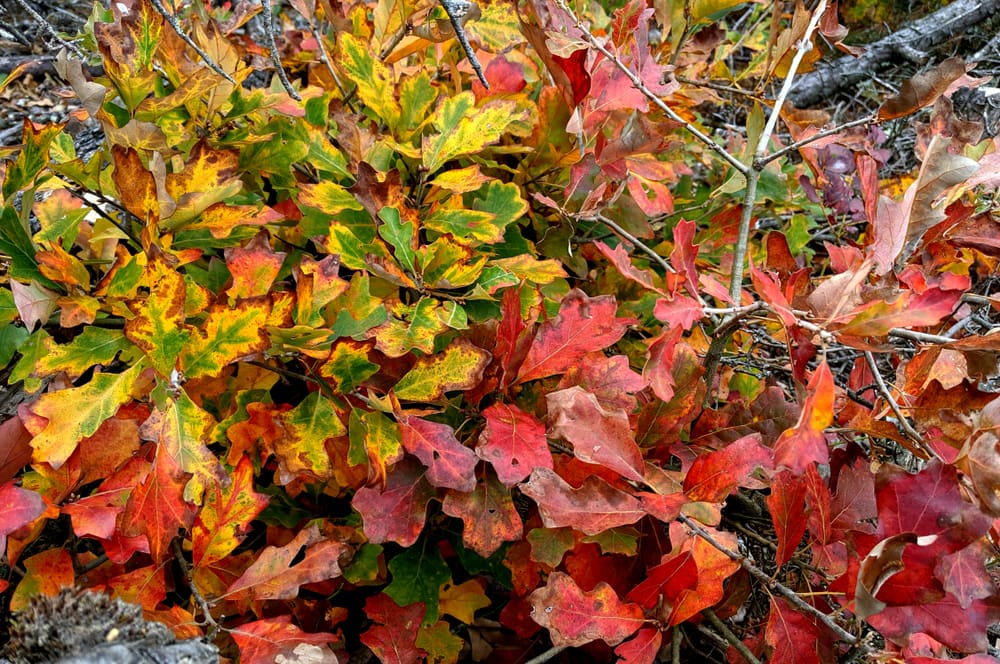
| Scientific Name: | Quercus marilandica |
| USDA Hardiness Region: | 3 to 9 |
| Height Range: | 40 to 75 ft |
The Black Jack Oak sometimes referred to as the Jack Oak, Black Oak, and Barren Oak is a deciduous tree that ranges throughout the southeastern United States and does not extend further west than central Oklahoma down into central Texas. It typically ranges in height from 40 to 75 feet.

Conclusion
As you can see, Oklahoma has quite a few native varieties of trees, with most of them having ranges throughout the central and eastern parts of the United States. Since the Great Plains region of the United States envelops Oklahoma’s panhandle, trees are more sparse in the western portion of the state due to lack of moisture. Regardless, Oklahoma is home to some varying habitat varieties and a host of beautiful plant and animal species.
Featured Image Credit: Jill Waring, Unsplash
Contents